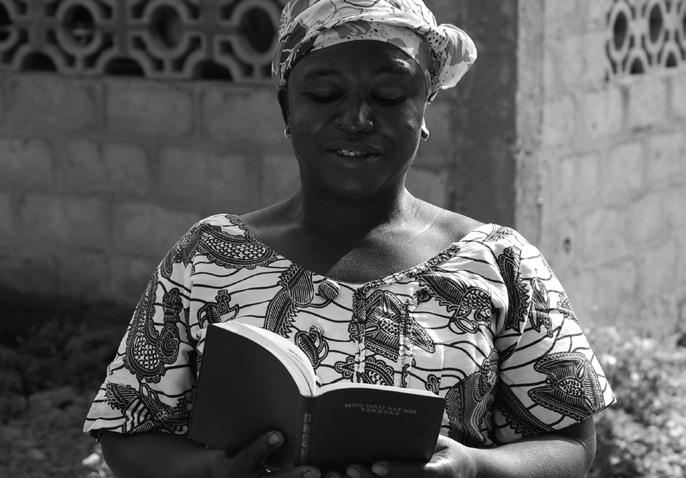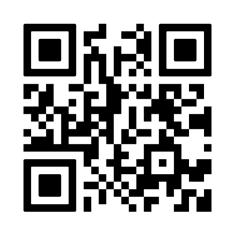
2 minute read
Togo Literacy through the Bible
Overview
Bible Society is working in Togo to help non-literate people — predominately women — in poor rural areas of Togo to learn to read and write, using the Scriptures, teaching in four indigenous languages.
The Need
Togo, officially the Togolese Republic, is a country in West Africa bordered by Ghana to the west, Benin to the east and Burkina Faso to the north. Togo is a tiny slip of land (a width of less than 115 km from east to west), with a population of approximately 8 million. Thirty-nine distinct languages are spoken in Togo, although its official language is French. The two most widely spoken indigenous languages — Ewe and Kabiye — are ‘national languages’ and are used in formal education and in the media. These two languages, along with Ikposso, Bassar and Lama, are the literacy focus of this project.
Two fifths of Togo’s population are non-literate. However, there is a region and gender divide which sharply accentuates that figure. Illiteracy and poverty go hand-in-hand. The Savanes (Savannah) in the north is the poorest region with a poverty rate of 90.8%. Illiteracy in that region is close to 70%. Another region, Central, has a poverty rate of 80.2%, with illiteracy at 42.2%.
Poverty also leads to early drop-outs from state-funded education. The most dominant age category of out-ofschool children is between 12-15 years. In Togo, girls also leave school earlier than boys, and most women are beginner learners in their mother tongue.
43.3% illiteracy rate in Togo of people aged 15-44.
52.1% illiteracy rate among women.

26% illiteracy rate among men.
74% literacy rate in urban population.
47.4% literacy rate in rural population.
Goals
Bible Society of Togo has developed the project to align with major education objectives set by the government:
• To extend literacy and non-formal education programs to non-literate young people and adults aged 15-45 and to children aged 9-14 excluded from the education system.
• To reorganise and strengthen the institutional framework for literacy and non-formal education. This project will enable the
Impact
beneficiaries to read and write in their mother tongue. Using the Literacy and Evangelism International (LEI) model, the program will initially focus on up to 1,000 non-literate women. Women in rural areas are the main focus of this project because they are the most affected by illiteracy.
The Project will be offered in five languages: Ikposso, Lama, Kabiye, Bassar and Ewe, impacting up to 4,000 people (including the students, family members of those attending class, along with teachers and supervisors) in villages located in Plateaux, Centrale, Savanne and Kara. For each of these five languages, the project aims to install 10 literacy centres; a total of 50 literacy centres overall. It is also a goal of the project to introduce 1,000 people to reading, writing and numeracy as well as identify and train 100 teachers for the educational support of the centres (20 students per language).
Testimonies
Not only will the participants learn how to read and write, they will also be empowered in their own spiritual and social development by their increased literacy in their heart language. This will have a flow on effect across families and communities. As they grow in confidence, these newly literate adolescents and adults will have a stronger connection to the word of God, giving the beneficiaries a renewed sense of Jesus’ love for them and their families.
Prayer Needs
“Since finishing these (literacy) classes, we have been doing family worship every day…We have found a solution to some of our problems, and we understand even better how God loves us through the Lord Jesus.”
A participant from the Kara Tchinchindaa Parish
• Pray that funding will be available to ensure the training workshops and literacy classes can begin on schedule.
• Pray that those most in need may find places in the classes
Pray that local churches and partners will appoint facilitators for the program.






